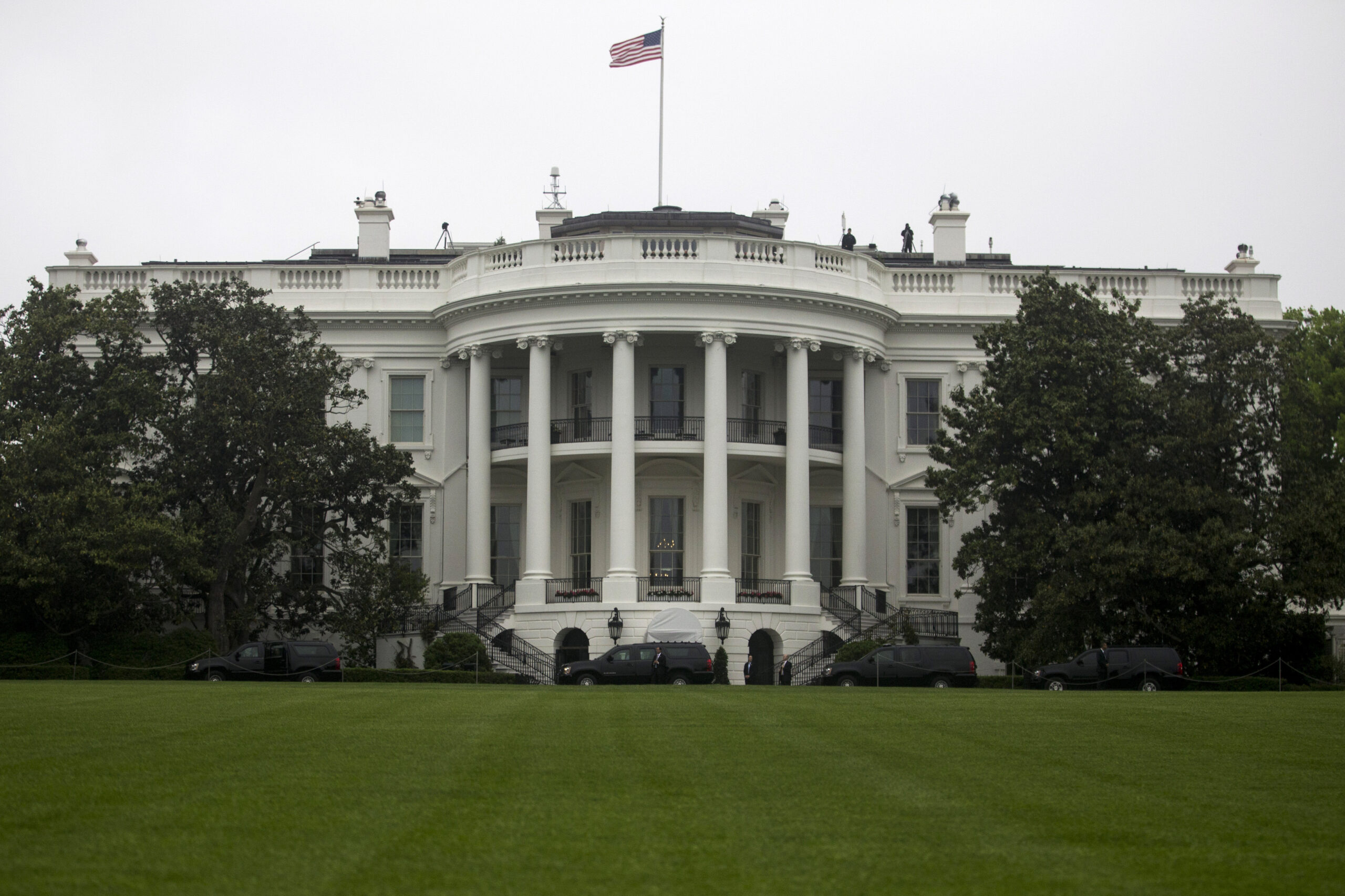Attorney General Merrick Garland on Tuesday announced a new strategy to combat domestic terrorism after the Biden administration completed a sweeping assessment of the threat posed by domestic violent extremism following the January 6 insurrection at the US Capitol.
Garland tied the new policy directly to the attack on the US Capitol. The Justice Department, he said, has an “enormous task ahead to move forward as a country, to punish the perpetrators, to do everything possible to prevent similar attacks, and to do so in a manner that affirms and values on which our justice system is founded and upon which our democracy depends.”
“The resolve and dedication with which the Justice Department has approached the investigation of the January 6 attack reflects the seriousness with which we take this assault on a mainstay of our democratic system,” Garland said.
Garland listed several instances of domestic terrorism and violent extremism in the nation’s recent history, including the Charleston, South Carolina, church shooting, the congressional baseball shooting, the violent protests in Charlottesville, Virginia, by White nationalists and far-right extremists, the Pittsburgh synagogue shooting and the mass shooting that occurred at a Walmart store in El Paso, Texas.
“Such attacks are not only unspeakable tragedies for the victim’s loved ones, they are also a tragedy for our country, an attack on our core ideals as a society,” Garland said.
He continued: “We must not only bring our federal resources to bear, we must adopt a broader societal response to tackle the problem’s deeper roots.”
“The domestic violent extremist threat is also rapidly evolving, as FBI Director (Christopher) Wray has noted, we continue to observe actors driven by a diverse set of violent motivations, sometimes personalized and developed from a mix of violent ideologies,” Garland said.
Garland said developments in technology have exacerbated the overall threat of domestic terrorism and enabled transnational elements of the threat. He said Americans may start on social media but then jump to communicating on encrypted communications channels with others across the country or the world who may wish to coordinate to mobilize violent acts.
Garland said the new national strategy “seeks to confront the threat from all angles.”
“The national strategy recognizes that we cannot prevent every attack. The only way to find sustainable solutions is not only to disrupt and deter, but also to address the root causes of violence,” Garland said.
Garland stressed that the new strategy is “focused on violence, not an ideology,” stressing: “We do not prosecute people for their beliefs.”
“In America, espousing a hateful ideology is not unlawful. We do not investigate individuals for their First Amendment protected activities,” Garland said.
Garland spoke of how not a single person was prosecuted after the 1921 Tulsa Race Massacre, one of the worst acts of racial violence in American history, when hundreds of Black Americans were killed by a White mob that attacked their neighborhood and burned dozens of city blocks to the ground.
He said he visited the Greenwood district in Tulsa, Oklahoma, earlier this year and was struck by “the failure to do justice” after the massacre.
“We cannot promise that we will be able to disrupt every plot, defuse every bomb or arrest every co-conspirator before they manage to wreak unspeakable horror. But we can promise that we will do everything in our power to prevent such tragedies, and we can further promise that we will never again fail as we did after Tulsa to pursue justice,” Garland said.
The new strategy marks a major break from former President Donald Trump’s administration and addresses more directly the threats posed by White supremacists and right-wing militia groups.
The strategy focuses on providing a national framework for the US government and partners to share information related to domestic terrorism, preventing domestic terrorism recruitment and violent mobilization, disrupting and deterring domestic terrorism activity and confronting long term contributors to domestic terrorism.
Senior administration officials told reporters that though the approach is ideologically neutral, the administration will build on its previous assessment that White supremacists and anti-government militias pose the most lethal threat. President Joe Biden said earlier this month that White supremacy was “the most lethal threat to the homeland today,” in a speech commemorating the 100th anniversary of the Tulsa Race Massacre.
“Since January 20th, the President has focused on addressing the elevated threat of domestic terrorism and he has been equally focused on ensuring our efforts to counter it take place in the context of upholding American civil rights and civil liberties,” a senior administration official said.
Biden has discussed the issue with Attorney General Merrick Garland, Homeland Security Secretary Alejandro Mayorkas, Secretary of Defense Lloyd Austin, Secretary of State Antony Blinken and others, emphasizing “the need to conduct this work in a way that never undermines those freedoms, those values and those legal guardrails in order to get an objective and fact-based review of the threats that we face,” the official said.
Biden ordered a 100-day comprehensive review of US government efforts to address domestic terrorism on his first full day in office.
The first pillar of the new strategy is to understand, analyze and share domestic terrorism related information with federal, state, local, tribal and territorial levels as the Department of Justice and FBI has implemented a new system to track domestic terrorism cases nationwide.
The second pillar involves a $77 million proposed budget within the Department of Homeland Security to prevent domestic terrorism, recruitment and mobilization to violence by working with communities to help them become more resilient to prevent individuals from ever reaching the point of committing terrorist violence.
The federal government will also enhance its efforts to address online domestic terrorist recruitment and mobilization to violence through increased information sharing with the technology sector.
The third pillar involves a disruption and deterrence of domestic terrorist activity which includes more than $100 million in additional resources for the DOJ, FBI and DHS, which is included in Biden’s Fiscal Year 2022 Budget, to ensure that the federal government has the necessary resources to thwart domestic terrorism.
The Justice Department is looking at whether new legislative authorities are appropriate to balance safety and the protection of civil liberties.
During the ongoing investigation into the January 6 insurrection, prosecutors have revealed that some of those charged in connection to storming the US Capitol were former military and current police officers from across the country. The investigation also found that many of those charged belong to White supremacy groups that include the Proud Boys, Oath Keepers and Three Percenters.
The final pillar is focused on confronting longterm contributors to domestic terrorism, which includes reducing and protecting Americans from racial, ethnic, and religious hatred and stemming the flow of firearms to individuals intending to commit acts of domestic terrorism.
“We will work to ensure that law enforcement operates without bias in countering domestic terrorism and provides for the public safety of all Americans. In a true democracy, violence cannot be an acceptable mode of seeking political or social change,” a fact sheet from the White House reads.




